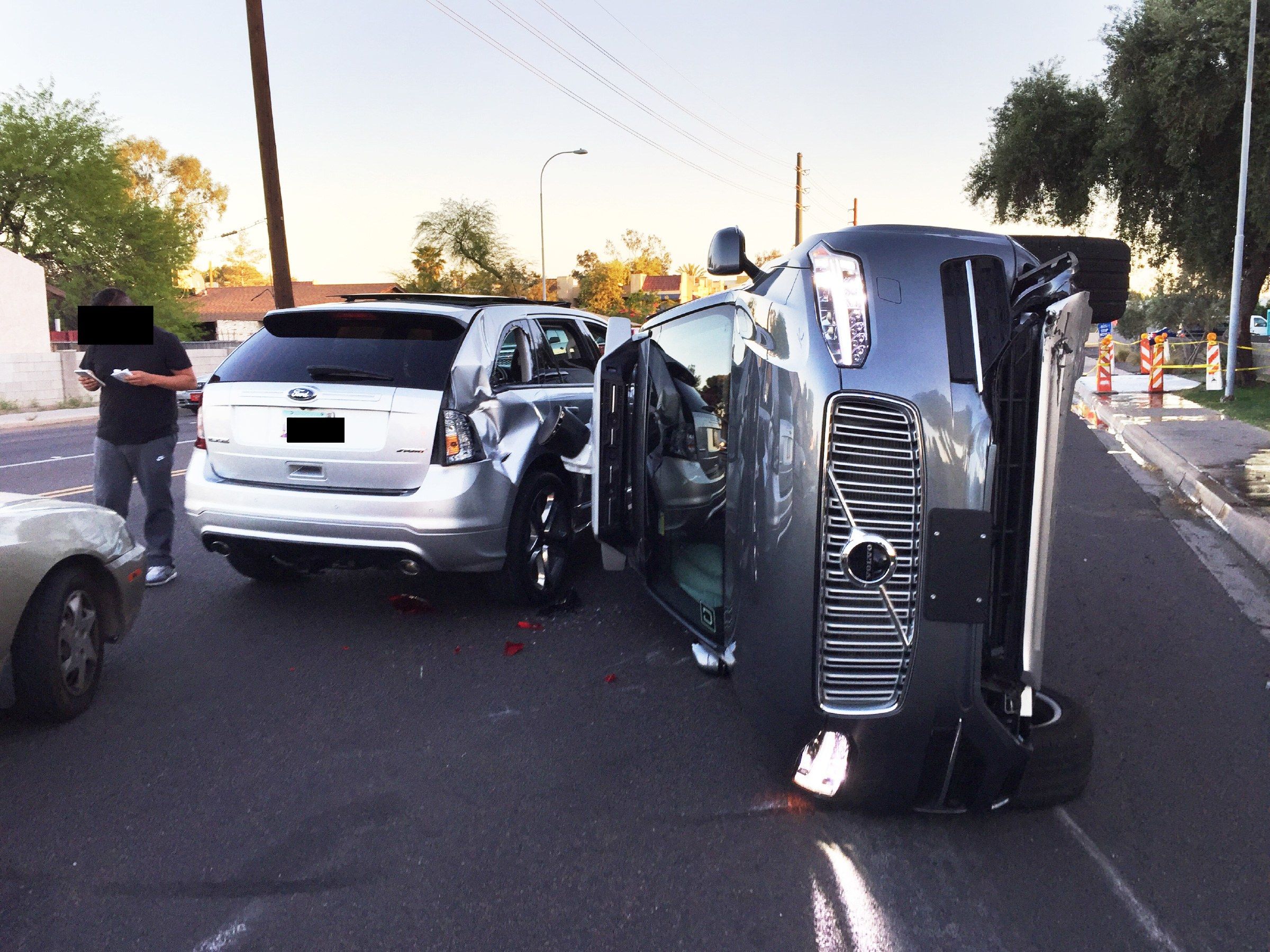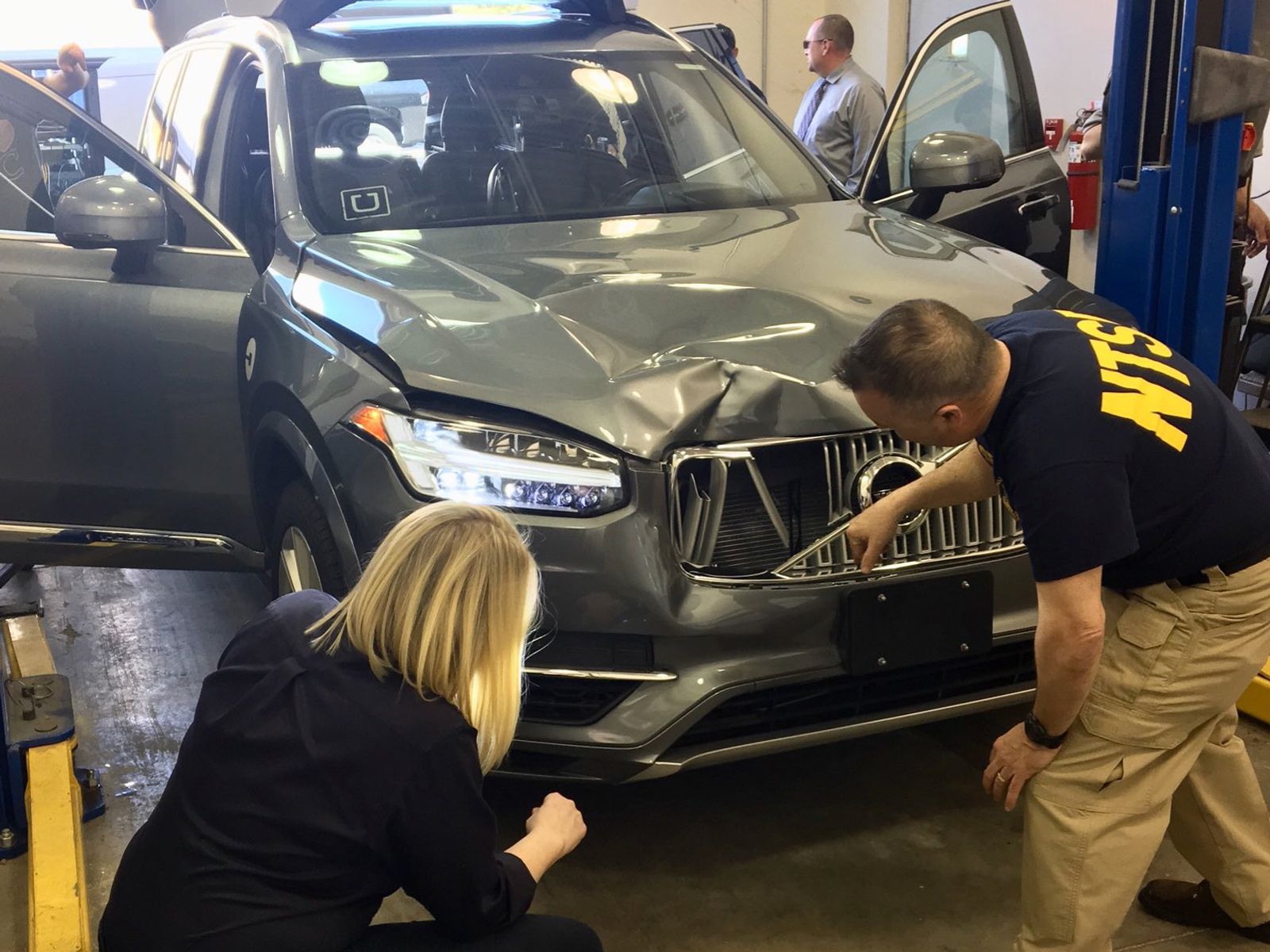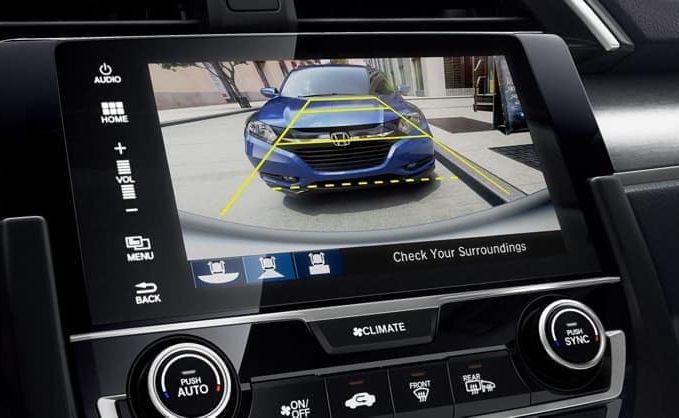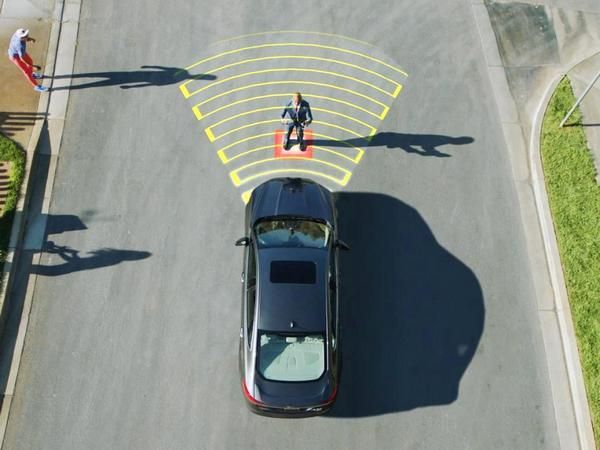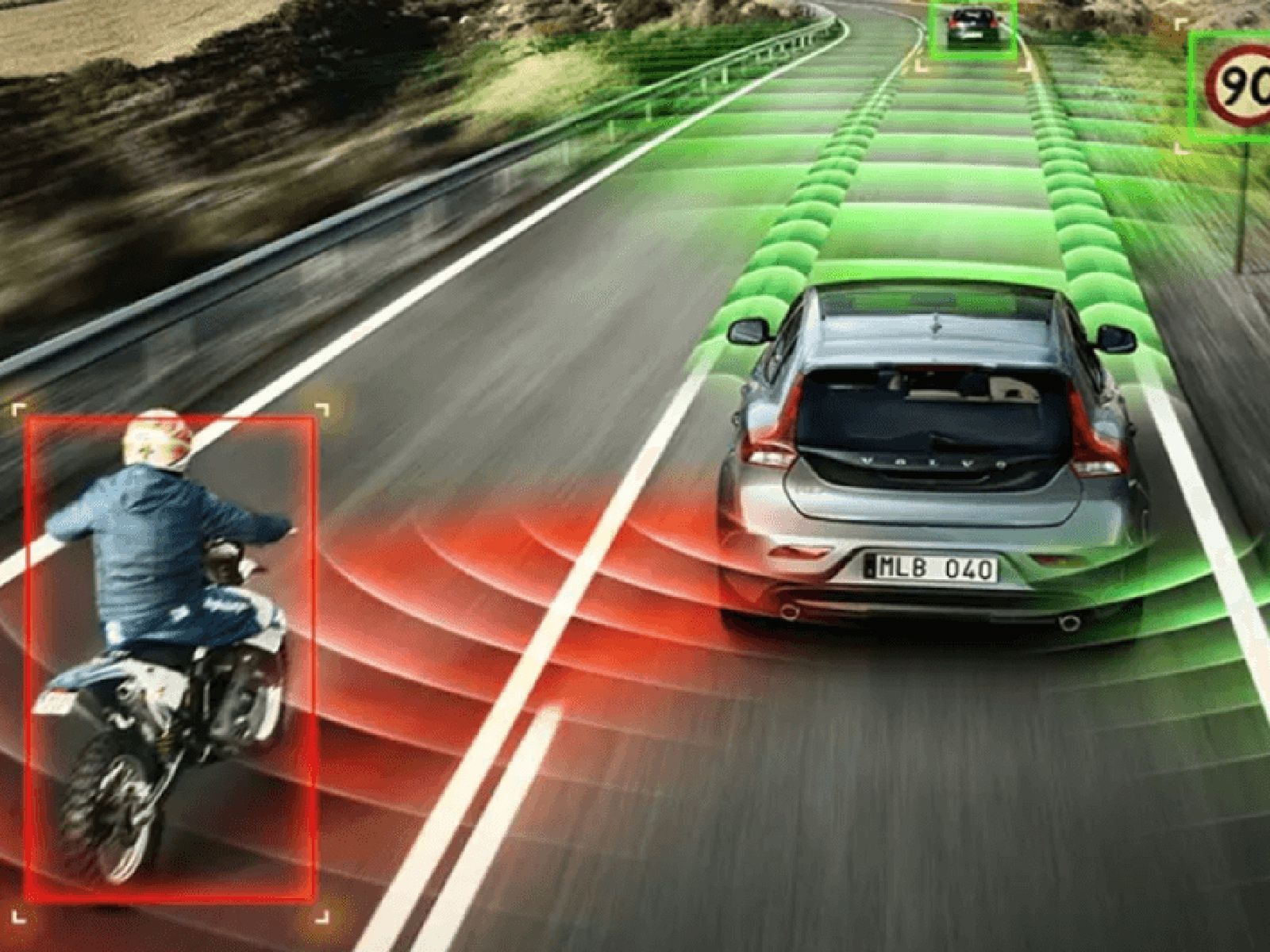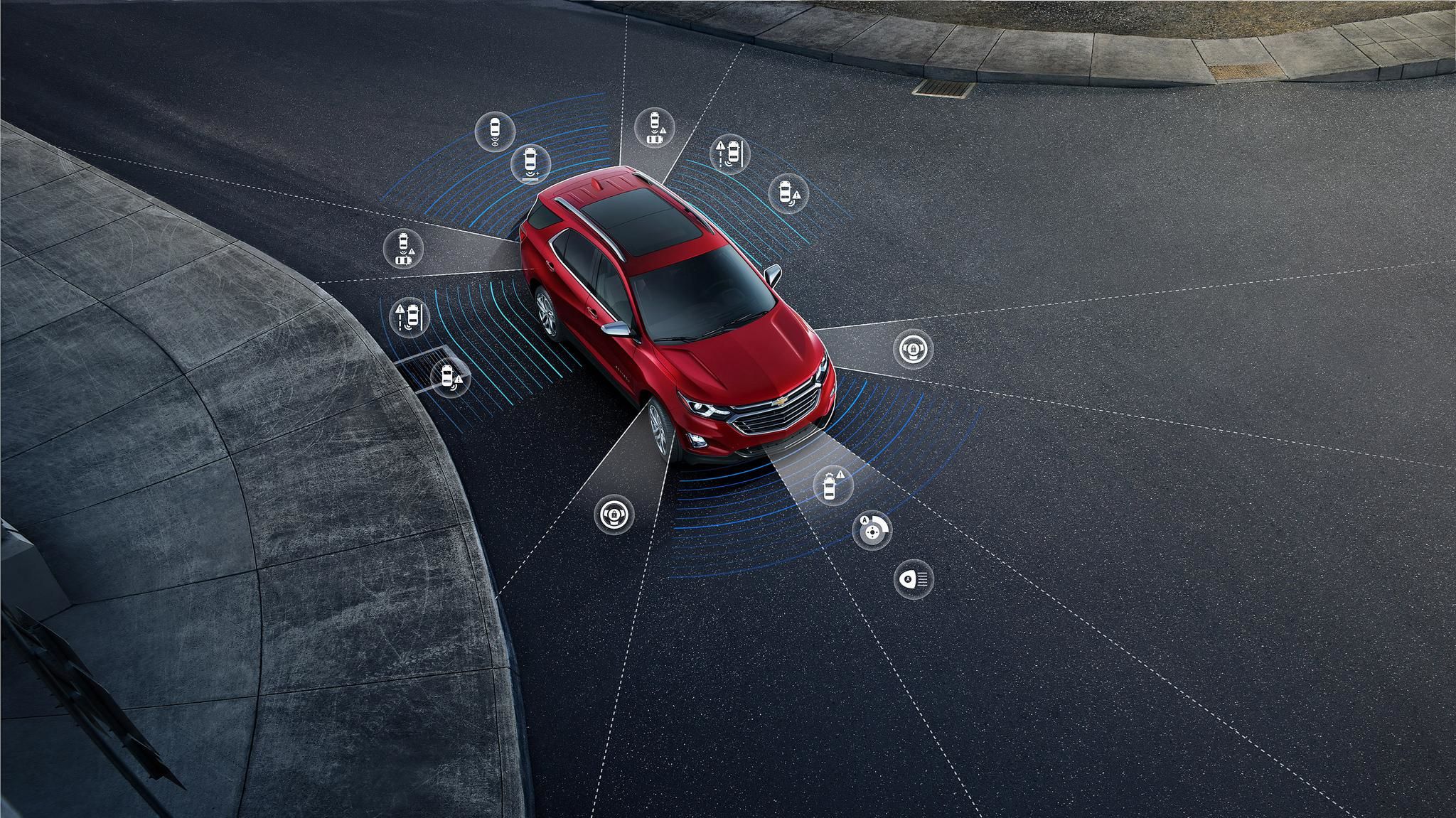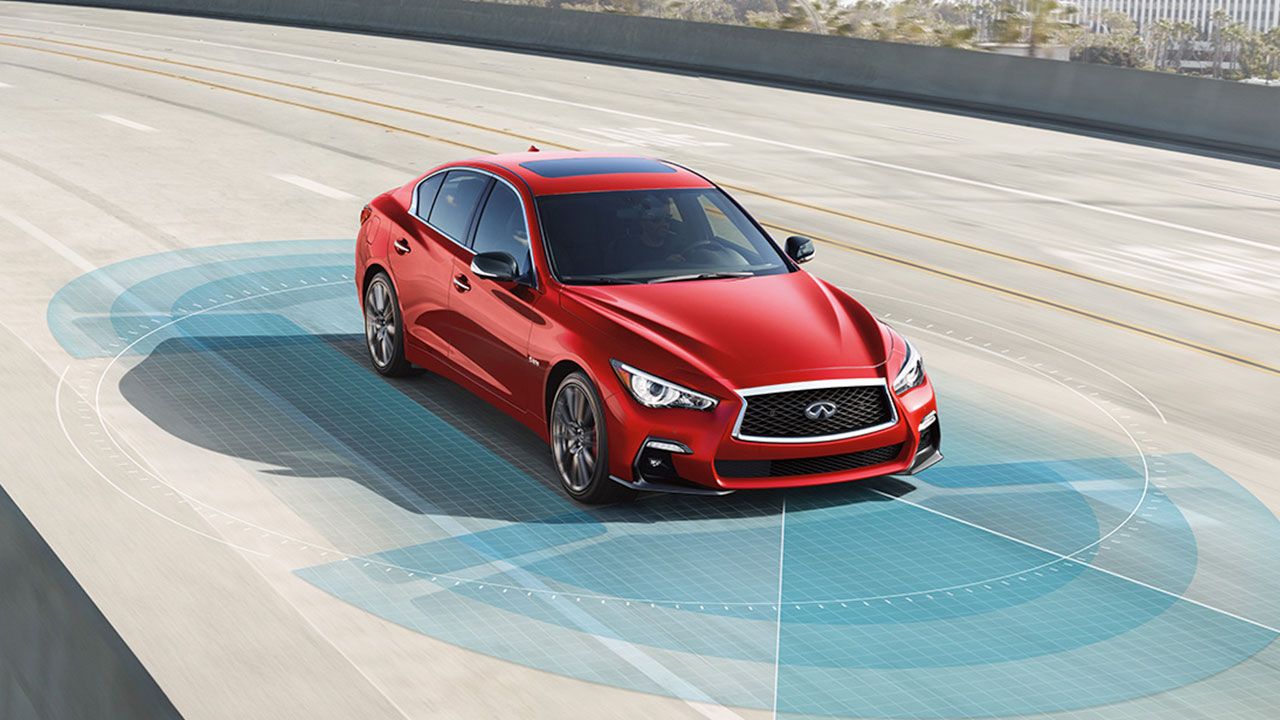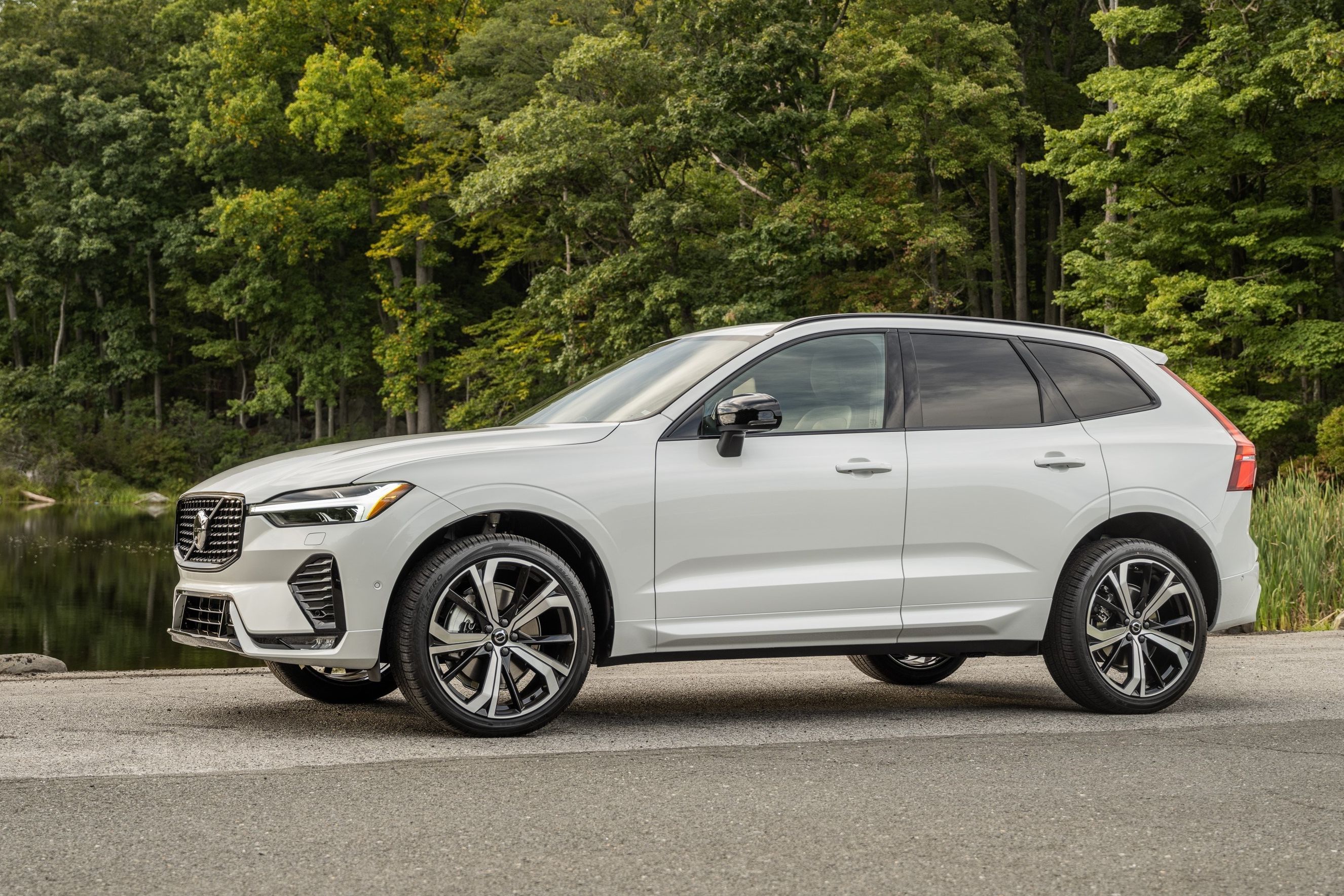
Automotive safety technologies have come a very long way in a relatively short period of time. Fewer people are killed in car accidents today (nearly 1.3 million a year globally) than those who die from obesity-related illness (2.8 million a year). However, a new AAA Foundation for Traffic Safety study has uncovered something quite troubling: most drivers simply don't understand the limitations of even the most advanced auto safety technologies.
"A substantial proportion of respondents demonstrated what we believe was a concerning lack of awareness of some of the key limitations of the technologies," said Brian Tefft, senior researcher for the AAA Foundation.
Drivers often overestimate the capabilities of tech features like adaptive cruise control, blind-spot monitoring, and automatic emergency braking. The study may even call into question whether drivers are ready for semi-autonomous vehicles, which still require drivers to maintain a certain level of alertness.
One tragic example was the fatal Arizona crash involving an Uber safety tech-equipped Volvo XC60 and a pedestrian crossing the street at night. The backup safety driver, it has since been determined, was not paying sufficient attention as required by the system. This AAA study, however, managed to pinpoint those three aforementioned vehicle safety technologies that a majority of surveyed drivers are too heavily relying upon.
Take adaptive cruise control, for example. Nearly 29 percent of drivers using this system were found to be comfortable "engaging in other activities" with the system activated. The overconfidence in blind-spot monitoring is even more troubling. About 80 percent of drivers were found to not fully understand the system's limitations, particularly when it comes to detecting approaching vehicles, bicycles, and pedestrians. In fact, drivers were found to have an overreliance for blind-spot monitoring, as about 25 percent don't look for oncoming vehicles while changing lanes.
Another disturbing find: far too many of the surveyed drivers don't understand the difference between forward-collision warning and automatic emergency braking. The first is simply a warning system while the latter actually takes action. Some 33 percent of owners don't even realize that automatic emergency braking relies on cameras or sensors that can be blocked by dirt or snow. What can we take from these findings?
Safety technology systems, for all their good intentions and capabilities, may ultimately backfire in semi-autonomous vehicles when drivers do not fully understand how they function.

